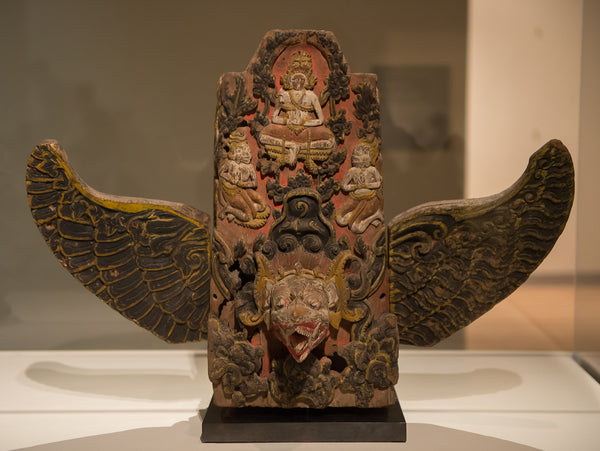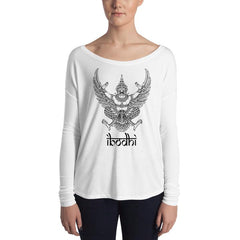
Garuda, in Hindu mythology, the bird (a kite or an eagle) and the vahana (mount) of the god Vishnu. In the Rigveda the sun is compared to a bird in its flight across the sky, and an eagle carries the ambrosial soma plant from heaven to earth. The mythological account of Garuda’s birth in the Mahabharata identifies him as the younger brother of Aruna, the charioteer of the sun god, Surya. Garuda’s mother, Vinata, mother of the birds, was tricked into becoming the slave of her sister and co-wife, Kadru, mother of the nagas (serpents). The lasting enmity between the birds, particularly Garuda, and the serpents is attributed to this. The nagas agreed to release Vinata if Garuda could obtain for them a drink of the elixir of immortality, the amrita, or soma. Garuda performed that feat, thus giving the snakes the ability to slough off their old skins, and, on his way back from the heavens, he met Vishnu and agreed to serve him as his vehicle and also as his emblem.
Garuda is described in one text as emerald in colour, with the beak of a kite, roundish eyes, golden wings, and four arms and with a breast, knees, and legs like those of a kite. He is also depicted anthropomorphically, with wings and hawklike features. Two of his hands are folded in adoration (anjali mudra), and the other two carry an umbrella and the pot of amrita. Sometimes Vishnu rides on his shoulders. Images of Garuda are used by devotees of Vishnu to designate their affiliations; such images appear on coins of the Gupta period.
Garuda traveled with the spread of Hinduism to Nepal and to Southeast Asia, where he is frequently depicted on monuments. He is associated with royalty in several Southeast Asian countries.
If you are interested, please have a look at all the Garuda products we have created.




